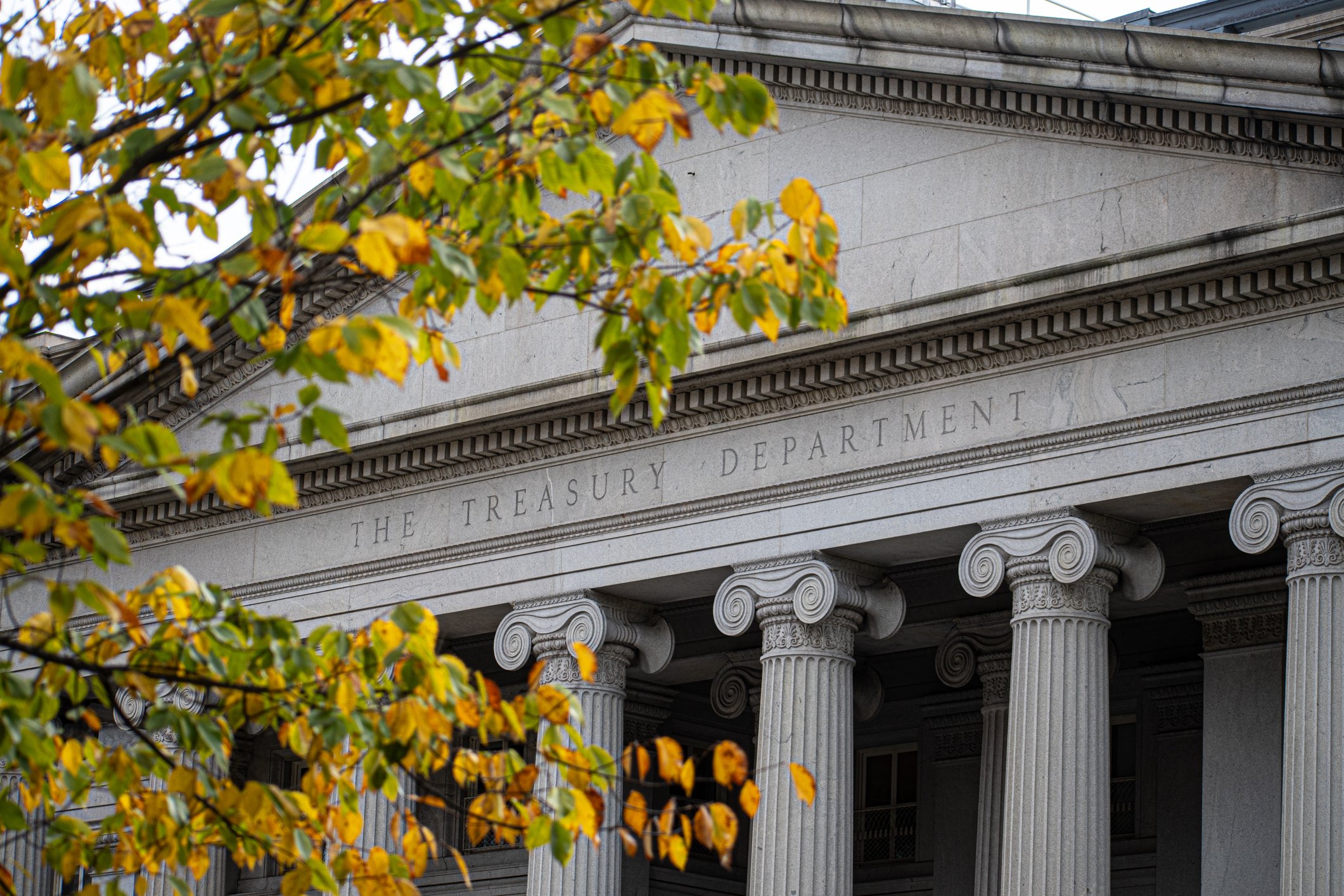The NFL draft starts tonight. Who will be the No. 1 pick, and who will fall down the board? Which selection will be a head-scratcher, and which player will be the steal of the draft?
Leading up to the draft, scores of analysts and "experts" rank college players and predict how teams will select the top picks. Meanwhile, team scouts have spent months, and sometimes years, following these players—some even through high school—and analyzing every aspect of their physical attributes, technical skills, and everything in between.
Of course (because we’re investors who are also football fans!), that got us thinking about the parallels between the NFL draft and investing. In particular, we’re wondering what portfolio managers can learn from the draft and what teams can learn from investment professionals. Here we discuss four similarities:
Parallel #1: Construct a roster
Teams face an important philosophical question related to the draft: Should they select the most talented player for a position in need or choose the best available player, regardless of if he fills a hole in the roster? For instance, if a team already has a franchise quarterback, should they draft another just because he is the highest-rated player available? We’re not football experts, but that doesn’t seem to be a prudent way to build a roster!
Portfolio construction considers a similar question: Does this company make sense when it's put together with the rest of the portfolio companies?
Let’s walk through a hypothetical example. We decided to construct a portfolio solely of toothpaste manufacturers. A day later, new research showed toothpaste causes tooth decay. What happened to our returns? They probably declined dramatically.
Like rosters that need to fill various positions, portfolios need to be well-diversified too. This generally means that the pattern of returns from the various investments needs to be somewhat different to reduce the portfolio’s specific risk.
Parallel #2: Find value
Where can teams find the best value? Some believe it’s in the earlier rounds where players tend to possess greater skills and attributes but where they also cost more. Others adhere to the theory of trading early picks to accumulate more later-round selections, where a team may discover lesser-known players with more upside potential. These greats are just a few examples of the bargains that were found in the later rounds:
- Tom Brady, Patriots, 6th Round
- Shannon Sharpe, Broncos, 7th Round
- Richard Dent, Bears, 8th Round
- Joe Klecko, Jets, 6th Round
- Terrell Davis, Broncos, 6th Round
The error in drafting tends to come from overestimating a player’s value. One reason is that value is based primarily on performance in college. But some argue that the college game is significantly different from the one played in the NFL, where there are bigger, stronger, and more skilled players and hundreds of plays featuring unique strategies and schemes. In some ways, it’s an unfair comparison and that’s why some great college players fail at the professional level.
Similarly, investors can also overvalue a company’s stock. Equity returns come from three sources—dividends, earnings growth, and valuation multiples, like price-to-earnings (P/E). Dividends and earnings growth are measurable components. But valuation multiples are based, in part, on expectations.
When sentiment around a company or industry is good, multiples tend to expand. But sometimes expectations become too euphoric, and multiples reach unreasonable levels. If a company’s growth cannot keep pace with these high expectations, the company may become overvalued. When whole industries become too highly valued, asset bubbles tend to form. A classic example was the dot-com bubble from the early 2000s when companies with no earnings or dividends were valued at ridiculously high multiples.
Like a drafting team, portfolio managers consider the trade-offs between investing in a company that appears priced to perfection (meaning its valuation is pretty high)—a first-round pick—and a similar company that has a lower valuation but the potential to catch up to its pricey peer—a fourth-round pick. Managers need to decide if the first-round company will provide the best value or if the fourth-rounder has more potential upside.
Parallel #3: Rely on research
Draft boards are an amalgamation of analytics—including college stats, the scouting combine results, body measurements (yes, hand size is a widely used predictor of quarterback success!), and pro-day ratings—and qualitative factors—such as personality, intelligence, pedigree, and past troubles with the law. This information is pieced together like a puzzle to create a player's potential worth.
The same research and analyses go into buying or selling a stock. Does the company have a track record of success and a business model to drive future growth? This question considers many factors, including whether one believes that the management team is strong and has the right vision, the competitiveness of the company's products or services, growth projections of the industry overall and the company specifically, and if regulations could slow down future expectations. In addition, a deep dive into the company's financial reports lays the groundwork for understanding profitability and the stewardship of company resources. This is the investment puzzle.
Parallel #4: Remove emotion
Teams are ready on draft day—armed with months of research that’s powered by science. But drafting is also an art. Unfortunately, there's a whole lotta emotion, too! Investing (in a player) based on emotion often leads to picking the wrong player—an unsuccessful professional—or reaching for a good player but getting him too early in the draft—a bad value.
What happens when emotions get in the way? Researchers asked this exact question. One study looked at the “surplus value” provided by drafted players. It compared data from draft-day trades, player performance, and compensation to the market value of draft picks. The results show that "top draft picks are significantly overvalued in a manner inconsistent with rational expectations and efficient markets, and consistent with psychological research." So all those months of research, due diligence, and analysis could be flushed down the toilet!
Investors can fall prey to this emotional attachment as well. For example, when investors fall in love with a company, they tend to:
- buy at an unreasonable valuation, or
- fail to sell despite flashing warning signs.
Like with player selection, emotions can cloud investment judgment.
So as you watch the draft and listen to the “experts” dissect the picks, remember, it's really only about the right fit, a good value, and research. Leave the emotion for game day! Best of luck to your team.

Like what you're reading?
Join the thousands of readers getting stories like this delivered straight to their inbox every Thursday — for free. Give it a spin, enter your email to sign up.
Related Articles

What Can You Take Away From the Consumer Confidence Index (CCI)?
You’ve probably heard mention of the Consumer Confidence Index on the news, alongside other...

Baseball’s Stock Appears to be Slumping: What Can It Teach Investors?
The crack as the bat hits the ball, the roar of the crowd, the crunch of cracker jacks…ah, the...

How Has the Stock Market Performed During Recessions? You Might Be Surprised
A recession is loosely defined as a decline in economic activity and employment. There isn’t one...
